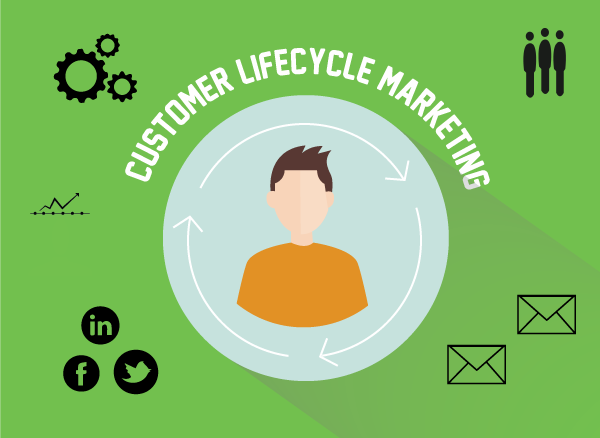The parents who learned of their teenage daughter’s pregnancy through Target’s direct marketing of baby products may have been spot on, but it does not necessarily portray marketers in a positive light. But despite Target letting the stork out of the bag, it does give you a good indication of how sophisticated marketers have become at pinpointing and targeting their chosen audience.
There are also many advantages for consumers who have marketers paying close attention to their life events, which in return, trigger lifecycle marketing.
Lifecycle marketing, or the journey someone takes with a brand, often begins with a life event trigger. College graduates may get direct mailers enticing them to test-drive economy cars from a local car dealership. As new home utility accounts are set up, the local hardware store is triggered to start a relationship with the new homeowner through welcome-to-the-neighborhood coupons and gifts. Commercial real estate leases may trigger an office furniture company to call on a particular address and introduce themselves.
From the consumer’s perspective, there’s a benefit to receiving relevant offers. It saves them time and it makes their life easier. A college grad doesn’t want to receive offers for long-term care insurance, but they are interested in a reliable, fuel economy vehicle getting them to their first real job. The new homeowner doesn’t want information on renter’s insurance, but they will find genuine value in a gift of free house key copies from the local hardware store.
Smart brand ambassadors everywhere are opening the door to lifelong relationships with their customers by establishing communication in that first stage of the customer’s lifecycle. Using the hardware store example, the marketing person should factor in what a new homeowner typically needs: smoke detectors, carbon monoxide detectors, household tools, picture hanging kits, paint and new garbage cans and bags, to name a few.
In the late summer, they should be marketing rakes and refuse bags for the dead leaves and fall cleanup. In the late fall, they should be promoting shovels, snow blowers and salt for the driveway (if they’re in a snowy region). In the early spring, the hardware store should send offers for barbecue grills, lawn mowers and landscaping materials. Once the homeowner purchases that first safety outlet cover, that sale should trigger the store to market paint for the nursery and home baby-proofing merchandise to that customer.
When done correctly, lifecycle marketing isn’t an insidious, privacy invasion. It’s an opportunity to make your customer’s life easier by providing them with offers for products and services they actually want and need. Whether it’s a particular company or even a store, you can use lifecycle marketing by paying close attention to your customers’ life events.
If you’re interested in learning more on how consumers move through the customer lifecycle, be sure to check out A Visual Breakdown of Lifecycle Marketing.

